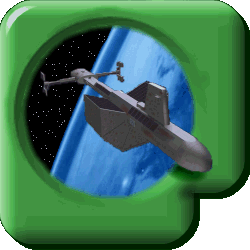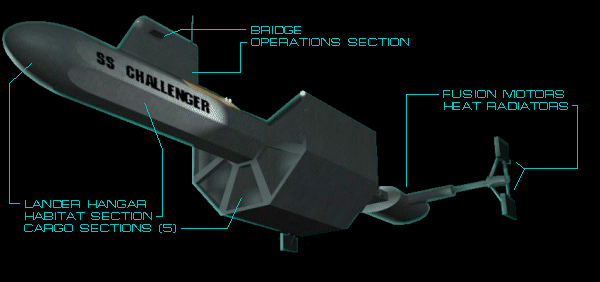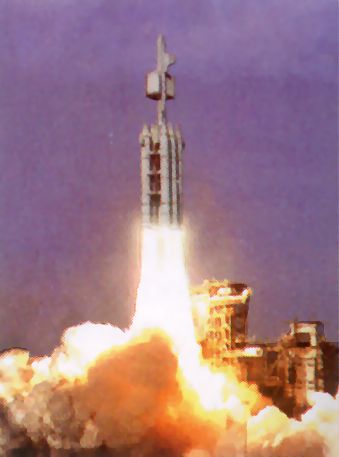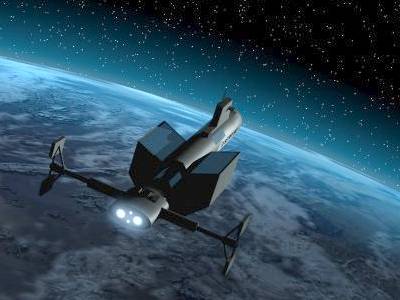






|
|
DY-100
|
|||||||||||||||||||||||||||||||||||||||||||||||||||||||||||||||||||||||||||||||||||||||||||||||||||||||||||||||||||||||||||||
 |
||||||||||||||||||||||||||||||||||||||||||||||||||||||||||||||||||||||||||||||||||||||||||||||||||||||||||||||||||||||||||||||
 The
SDF's DY-100 Class Patrol Craft is the direct result of years of reverse-engineering
work done on the alien "Virgo shuttlecraft" captured in
2001 in Florida, and its overall design was heavily influenced by
the Special Consultants of the BIRPG. The
SDF's DY-100 Class Patrol Craft is the direct result of years of reverse-engineering
work done on the alien "Virgo shuttlecraft" captured in
2001 in Florida, and its overall design was heavily influenced by
the Special Consultants of the BIRPG.
The main engines are derived from the "Virgo shuttle's" impulse engines. They are fueled by a deuterium / helium-3 mixture, and can deliver slightly over 2,000,000 pounds of continuous thrust each, allowing the DY-100 to (theoretically) reach relativistic speeds given enough fuel and time. The DY-100 uses a cluster of six strap-on solid rocket boosters (SRBs) to lift into orbit much like a conventional rocket. Once in space, the SRBs are jettisoned. Because the DY-100 is not designed for atmospheric flight, it can never again enter a planet's atmosphere and land. Transfers between ship and ground are accomplished by heavy lift vehicles or the on-board landing craft. |
||||||||||||||||||||||||||||||||||||||||||||||||||||||||||||||||||||||||||||||||||||||||||||||||||||||||||||||||||||||||||||||
 |
||||||||||||||||||||||||||||||||||||||||||||||||||||||||||||||||||||||||||||||||||||||||||||||||||||||||||||||||||||||||||||||
|
The standard cargo modules can be replaced by a variety of other packages to suit the particular mission. Module types include but are not limited to: Cargo, Fuel (for long-duration missions), Troop Carriers, Missile Launchers, Magnetic Rail-guns, and Aircraft Carriers. For missions requiring more than the standard load of five modules, more can be affixed in clusters of five, up to a maximum of twenty-five. |
||||||||||||||||||||||||||||||||||||||||||||||||||||||||||||||||||||||||||||||||||||||||||||||||||||||||||||||||||||||||||||||
 |
||||||||||||||||||||||||||||||||||||||||||||||||||||||||||||||||||||||||||||||||||||||||||||||||||||||||||||||||||||||||||||||

 Its
modular design makes the DY-100 well suited for a wide variety of
mission profiles ranging from routine transportation of bulk goods
to Earth's outposts, to long-range exploration and reconnaisance,
to space combat roles.
Its
modular design makes the DY-100 well suited for a wide variety of
mission profiles ranging from routine transportation of bulk goods
to Earth's outposts, to long-range exploration and reconnaisance,
to space combat roles.